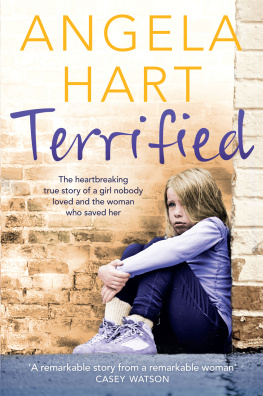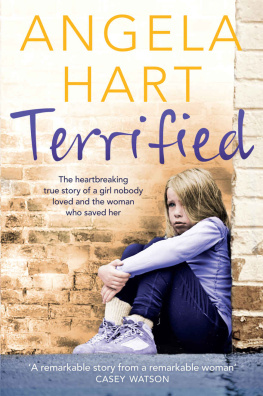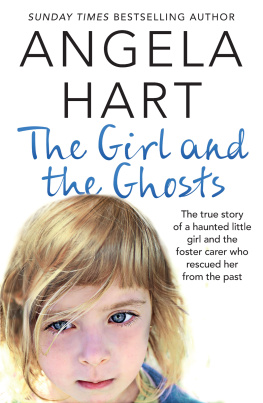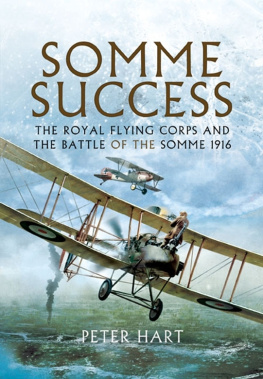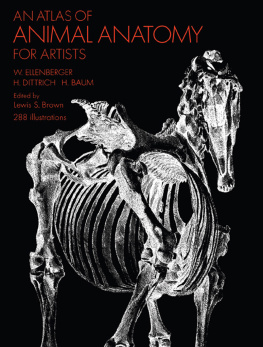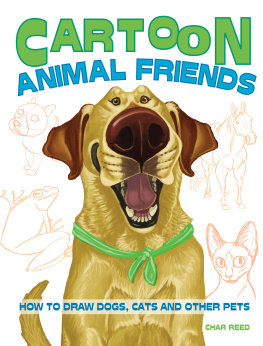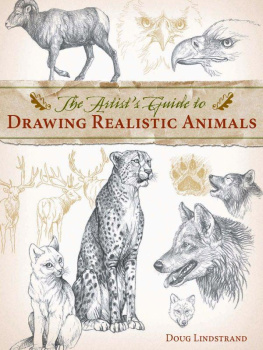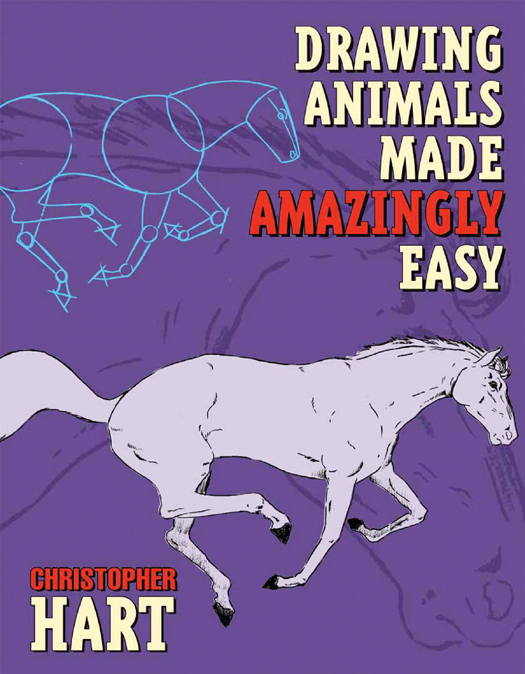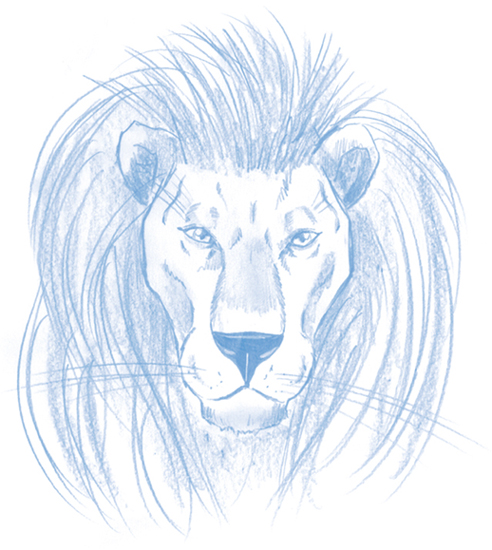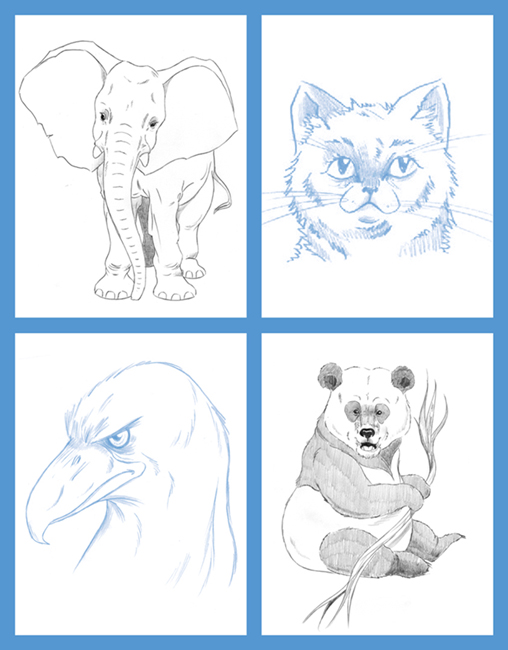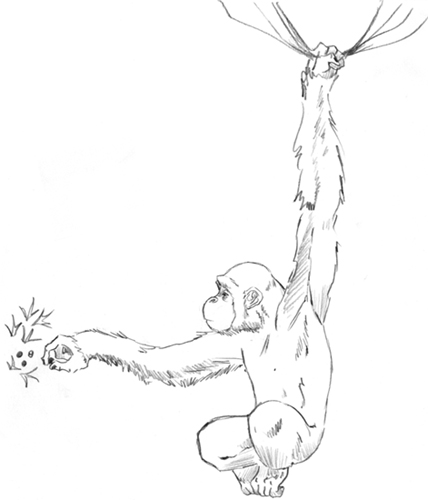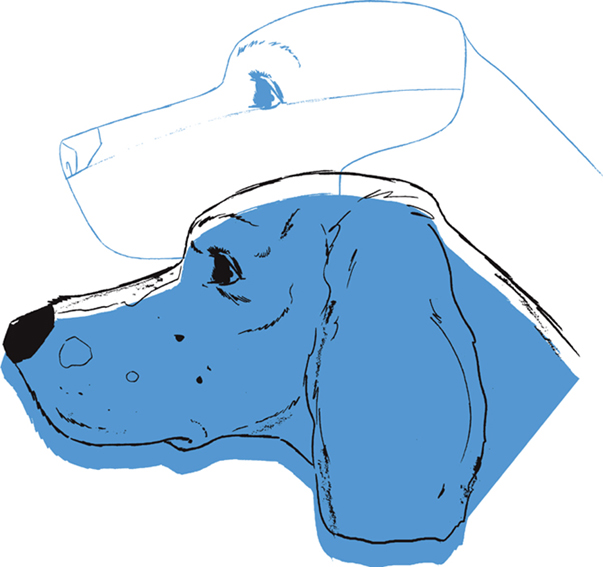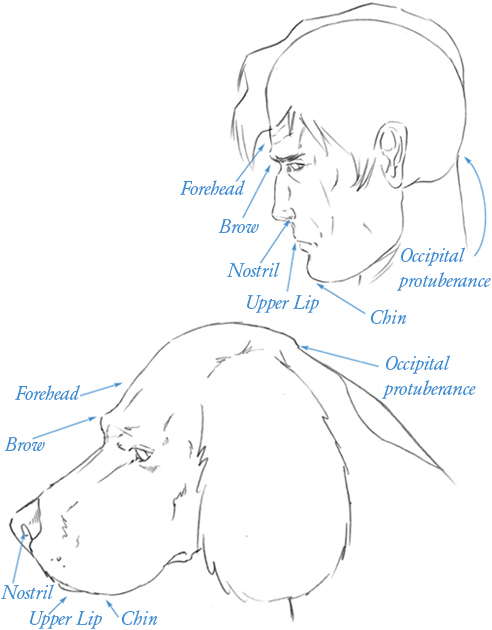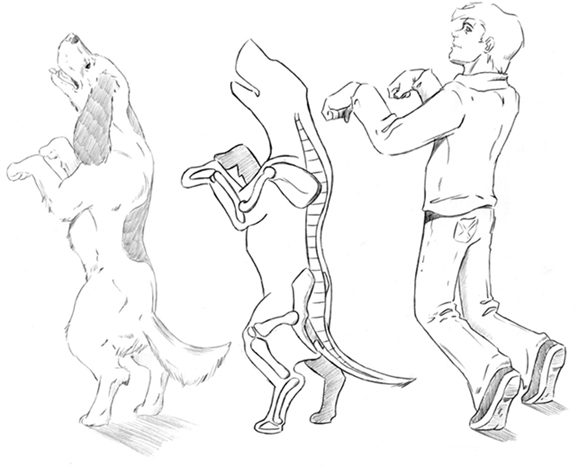Drawing Animals Made Amazingly Easy
Christopher Hart
Watson-Guptill Publications
New York
Executive Editor: Candace Raney
Design: Mada Design, Inc.
Production Manager: Katherine Happ
Copyright 2007 Christopher Hart
First published in 2007 by Watson-Guptill Publications a division of VNU Business Media, Inc.
770 Broadway, New York, NY 10003
www.watsonguptill.com
Library of Congress Cataloging-in-Publication Data
Hart, Christopher.
Drawing animals made amazingly easy / Christopher Hart.
p. cm.
Includes index.
eBook ISBN: 978-0-7704-3471-7
Trade Paperback ISBN: 978-0-8230-1390-6
1. Animals in art. 2. Pencil drawingTechnique. I. Title.
NC780.H258 2006
743.6dc22
2006012454
All rights reserved. No part of this publication may be reproduced or used in any form or by any meansgraphic, electronic, or mechanical, including photocopying, recording, or information storage-and-retrieval systemswithout the written permission of the publisher.
v3.1
To Candace Raney, who has been very supportive of all my endeavors.
To my wife, Maria, for her incredible patience and good cheer.
To my children, Isabella and Francesca, who are generous with their comments.
And to Rusty, who is perhaps the most underpaid model in the world.
CONTENTS
INTRODUCTION
E veryone loves to draw animals. And whether hobbyists or illustrators, cartoonists or painters, comic artists or the new generation of computer and video game animators, anyone who wants to draw animals with authority needs to be well acquainted with their anatomy.
But what makes this book so different is how it relates animal anatomy to human anatomysomething with which you already have a working familiarity. You probably think drawing animals is confusing because animal joints are configured so differently from human joints, right? Well, not so fast. Animal joints actually are positioned very similarly to human joints. (Thats why Ill often refer to an animals forelegs as its arms and its hind legs as its legs.) Once you get this, drawing animals will be much easier. Think about it. What if every time you looked at a dog, a deer, a lion, or a bear, you could instantly tell where the elbow or the shoulder or the knee or the hip was? Wouldnt that take the mystery out of animal anatomy? After youve read this book, youll never look at an animal in the same light. How animals walk and how they move will make sense to you in a new way.
In addition, most drawing books only show you highly detailed skeletal and muscular charts of animals in a standing side view, as if this provides you with enough information about anatomy. But skeletal and muscular charts are much too complex, and leave you with lots of unanswered questions. For example, which bones and muscles should you emphasize when drawing an animal? What do the bones look like in a front view or when the animal walks? Anatomical charts are useless unless youre planning to be a veterinarian. This book simplifies animal skeletons specifically for artists, showing only the muscles that are visible near the surface, under the skin. Who cares about muscles that are so deeply embedded that they never show through to the surface? Artists should draw what they can seenot what would be visible only on an X-ray.
Well also deal with movement and rendering. Animals are not static creatures; they bend, twist, jump, and run. So, youll learn how to draw them in their natural poses. Youll also learn how to enhance the aesthetics of your drawings by creating lines that are naturally pleasing to the eye, and how to draw eyes, fur, and contours in ways that highlight an animals natural beauty.
The focus will be on the most popular animal breeds and species. For example, instead of focusing on the greyhound (which was the animal used in one of the first animal-anatomy books and, therefore, became the go- to animal-anatomy model), this book will present the more dog common breeds, like the Labrador. The same goes for wildlife: Youll get lions and tigers, not ocelots.
Animals have always been a favorite subject of mine, a subject for which I have a real fondness. I hope the lessons here will be useful to you and will change your thinking about how to draw animals. Some concepts may take time to sink in, and theres no need to commit everything to memory all at once. Use this book as a reference, turning to it as often as you needas a reminder. The three keys to drawing and improving are these: Keep practicing, keep learning, and enjoy!
DOGS
I m beginning with dogs for several reasons. First, everyone is very familiar with them. We all almost have a built-in reference file of dogs in our minds. So, if youre drawing a dog, you can easily edit yourself if what youve done looks wrong. Second, the exuberant personalities of dogs make them great subjects. Their energy and character jump out at usand seem to jump off the page. And third, dog anatomy easily translates to that of other animals. Once youve acquired a working familiarity with dog anatomy, you can easily apply it to cats, horses, deer, lions, and even elephants or pigs.
SEEING ANIMALS AS HUMANS
Just how does one get comfortable with animal anatomy when animal skeletons seem so different from our own? The answer is simple: You look for the similaritiesand there are more than a fewbetween animal and human skeletons. Think of an animal as a strangely built human. Once you do this, the mechanics of animal anatomy begin to make sense. Memorization becomes unnecessary, and instead, you can concentrate on the artistry of your drawings. Ive used a dog/human comparison here to make this point, but this concept applies to all the animals in this book.
Throughout the book, Ill often use human anatomy terms to call out the corresponding spots on animals. These may not be the true anatomical terms for the animals, but that doesnt matter for our purposes. What matters is making the connection between human and animal anatomy.
Placing a dog and a person in a similar posture, clearly shows how closely dog and human anatomy resemble each other. It becomes easier to make the correlation. You can clearly see where the elbows, knees, heels, hands, shoulders, and so on, are located. And note that this isnt an unrealistic dog pose; dogs, bears, and other animals do rear upstriking a more humanlike stancefrom time to time.
THE DOG HEAD


